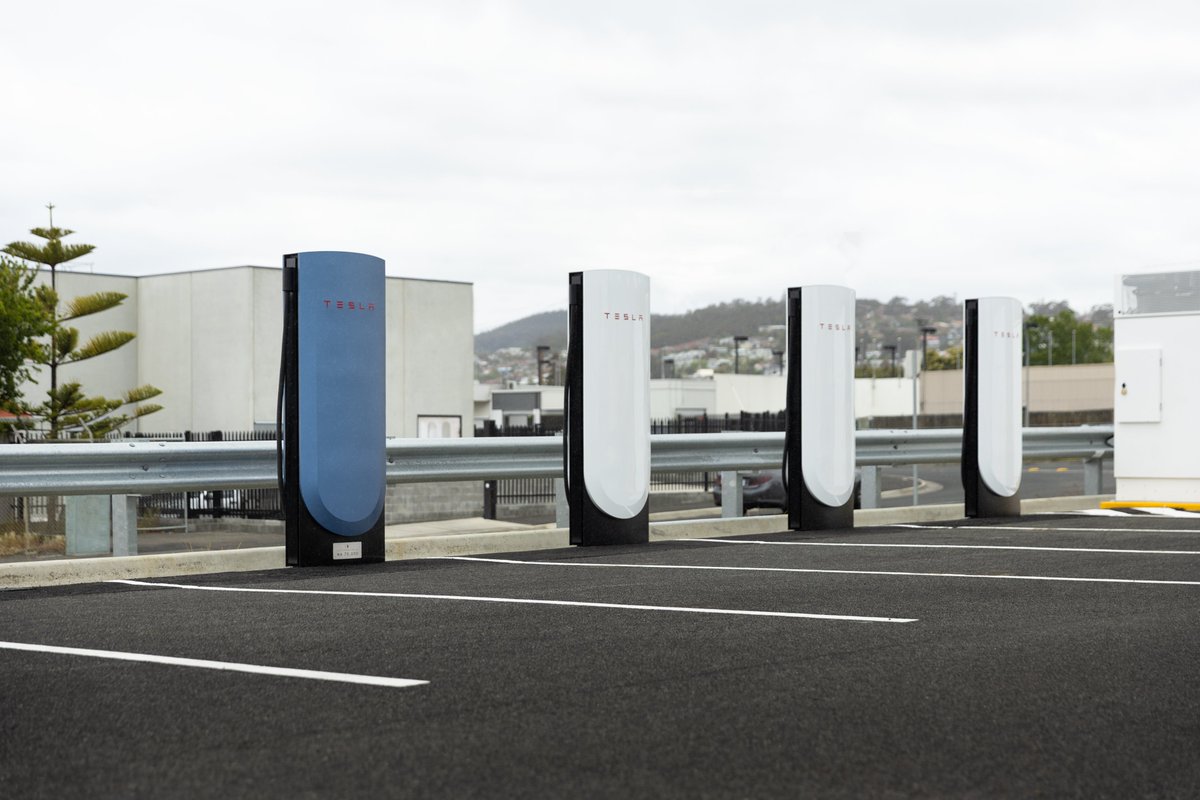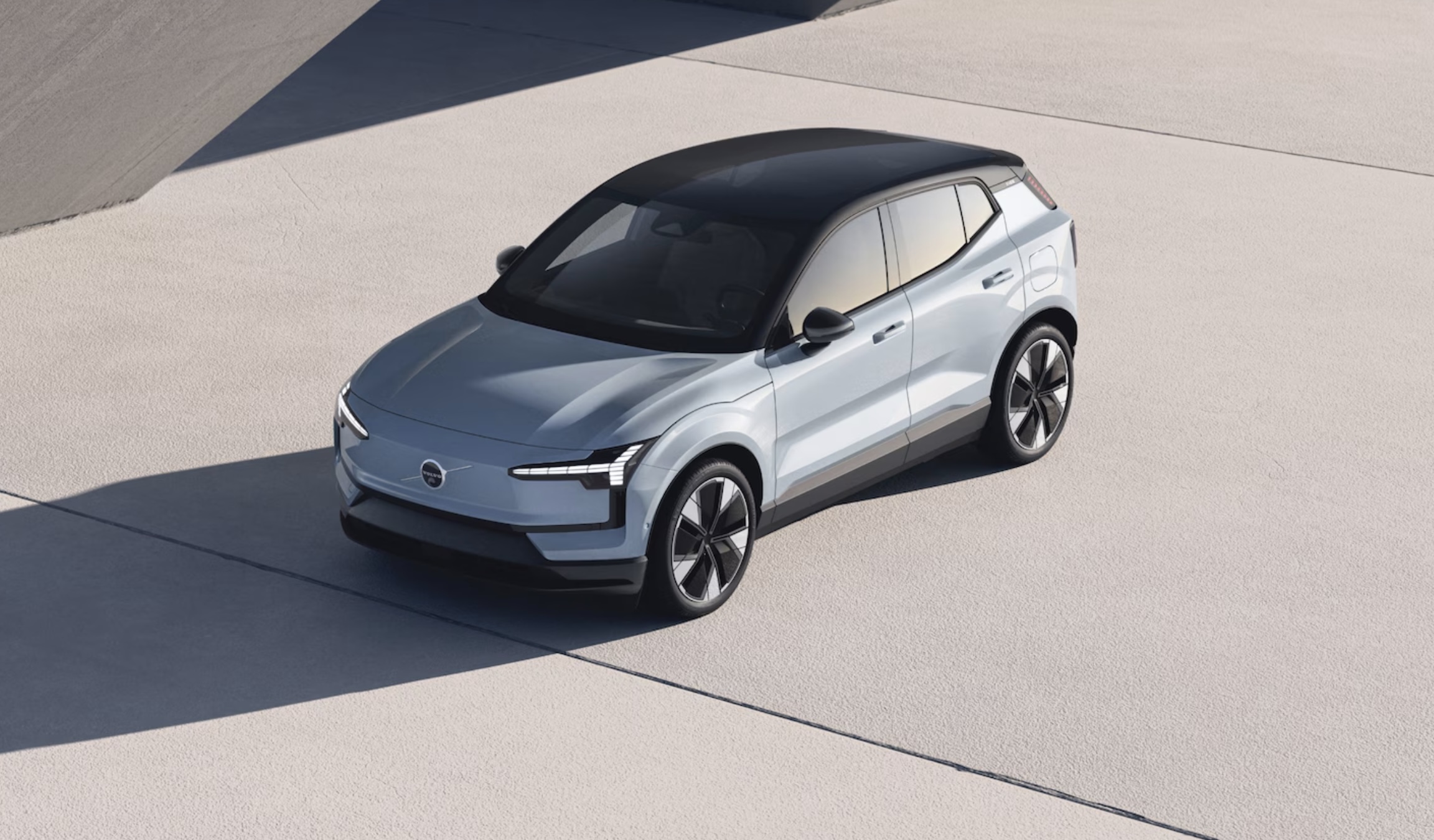Tesla has shared a video of a hands-free drive demonstration of its Full Self-Driving suite in Austin. The FSD suite is not available to customers in a hands-free nature, but Tesla disabled the requirement for a new video it shared on X, formerly known as Twitter.
Tesla shared the video to demonstrate the capabilities of Software Version 11.4.7, which is the current version of the FSD Beta program.
The automaker describes in the Tweet in put up how the Full Self-Driving suite improves through data-driven techniques that refine the capabilities through analysis of other drivers’ behavior and normal navigation habits.
Tesla Full Self-Driving capability demo in Austin
FSD capability features use vision neural networks to perceive & understand the world, just like humans do.
Via our unique fleet learning approach, we are able to collect anonymized data from our vehicles—meaning the neural… pic.twitter.com/CWAS5h0jGH
— Tesla (@Tesla) October 17, 2023
Tesla has used Neural Networks through the years to accumulate the data, which then is computed and helps refine the way FSD works, making it more accurate with every mile driven. Of course, software is far from perfect, and there are times that drivers notice steps back in the suite’s progress.
“Via our unique fleet learning approach, we are able to collect anonymized data from our vehicles—meaning the neural nets have learned from a few orders of magnitude more driving scenarios than the average human driver (including unusual & weird ones!),” Tesla wrote.
Additionally, it is interesting to see the company put out a video of a hands-free demo of the FSD suite, considering it does not support this capability with consumer vehicles.
Tesla put a disclaimer at the bottom of the video stating:
“This video shows current driving capabilities of FSD Beta, which began deploying around 8-23-2023 as software update version 11.4.7 or later. For demonstrative purposes, the cabin camera monitoring remained active but the hands-on steering wheel requirement was disabled (customers cannot disable this feature). All drivers must remain attentive and be ready to take over at any time.”
With stones consistently thrown in the direction of the Full Self-Driving program, Tesla’s new video shows the capabilities of a company vehicle, although what is displayed in the clip is not recommended or even available for drivers.
A report from Bloomberg earlier this year claimed that a 2016 video that “exaggerated” FSD’s abilities was overseen by CEO Elon Musk. The FSD suite is under constant scrutiny from government agencies, including the NHTSA, which has attempted to determine whether the suite has caused accidents involving emergency vehicles.
In late August, Tesla received a Special Order from the NHTSA, requesting more information on Full Self-Driving and software updates.
Tesla could be using the video as an opportunity to display the potential capabilities of FSD as it continues to refine the software. Earlier this year, Musk said he believes Tesla could solve FSD in 2023, but this is a goal he has also set for many years in the past.
Tesla’s Robotaxi network could be more profitable than expected: ARK Invest
Tesla has gotten closer with improvements, but the FSD suite still is operating at Level 2, according to the SAE’s Levels of Autonomy.
I’d love to hear from you! If you have any comments, concerns, or questions, please email me at joey@teslarati.com. You can also reach me on Twitter @KlenderJoey, or if you have news tips, you can email us at tips@teslarati.com.

News
Tesla celebrates 75k Superchargers, less than 5 months since 70k-stall milestone
Tesla’s 75,000th stall is hosted at the South Hobart Smart Store on Cascade Road, South Hobart, Tasmania.

Tesla has crossed another major charging milestone by officially installing its 75,000th Supercharger stall worldwide. The electric vehicle maker chose South Hobart, Tasmania, as the commemorative location of its 75,000th Supercharger.
Tesla’s 75,000th Supercharger
Tesla’s 75,000th stall is hosted at the South Hobart Smart Store on Cascade Road, South Hobart, TAS 7004, as noted in a techAU report. The location features four next-generation V4 Superchargers, which are built with longer cables that should make it easy even for non-Teslas to use the rapid charger. The site also includes simplified payment options, aligning with Tesla’s push to make V4 stations more accessible to a broader set of drivers.
For Tasmanian EV owners, the installation fills an important regional gap, improving long-distance coverage around Hobart and strengthening the area’s appeal for mainland travelers traveling by electric vehicle. Similar to other commemorative Superchargers, the 70,000th stall is quite special as it is finished in Glacier Blue paint. Tesla’s 50,000th stall, which is in California, is painted a stunning red, and the 60,000th stall, which is in Japan, features unique origami-inspired graphics.
Accelerating Supercharger milestones
The Tesla Supercharger’s pace of expansion shows no signs of slowing. Tesla celebrated its 70,000th stall at a 12-stall site in Burleson, Texas late June 2025. Just eight months earlier, Tesla announced that it had celebrated the buildout of its 60,000th Supercharger, which was built in Enshu Morimachi, Shizuoka Prefecture, Japan.
Tesla’s Supercharger Network also recently received accolades in the United Kingdom, with the 2025 Zapmap survey naming the rapid charging system as the Best Large EV Charging Network for the second year in a row. Survey respondents praised the Supercharger Network for its ease of use, price, and reliability, which is best-in-class. The fact that the network has also been opened for non-Teslas is just icing on the cake.
News
Luminar-Volvo breakdown deepens as lidar maker warns of potential bankruptcy
The automaker stated that Luminar failed to meet contractual obligations.

Luminar’s largest customer, Volvo, has canceled a key five-year contract as the lidar supplier warned investors that it might be forced to file for bankruptcy. The automaker stated that Luminar failed to meet contractual obligations, escalating a dispute already unfolding as Luminar defaults on loans, undergoes layoffs, and works to sell portions of the business.
Volvo pulls back on Luminar
In a statement to TechCrunch, Volvo stated that Luminar’s failure to deliver its contractual obligations was a key driver of the cancellation of the contract. “Volvo Cars has made this decision to limit the company’s supply chain risk exposure and it is a direct result of Luminar’s failure to meet its contractual obligations to Volvo Cars,” Volvo noted in a statement.
The rift marked a notable turn for the two companies, whose relationship dates back several years. Volvo invested in Luminar early and helped push its sensors into production programs, while Luminar’s technology bolstered the credibility of Volvo’s safety-focused autonomous driving plans. Volvo’s partnership also supported Luminar’s 2020 SPAC listing, which briefly made founder Austin Russell one of the youngest self-made billionaires in the industry.
Damaged Volvo relations
The damaged Volvo partnership comes during a critical period for Luminar. The company has defaulted on several loans and warned investors that bankruptcy remains a possibility if restructuring discussions fall through. To conserve cash, Luminar has cut 25% of its workforce and is exploring strategic alternatives, including partial or full asset sales.
One potential buyer is founder Austin Russell, who resigned as CEO in May amid a board-initiated ethics inquiry. The company is also the subject of an ongoing SEC investigation.
Luminar, for its part, also noted in a filing that it had “made a claim against Volvo for significant damages” and “suspended further commitments of Iris” for the carmaker. “The Company is in discussions with Volvo concerning the dispute; however, there can be no assurance that the dispute will be resolved favorably or at all,” the lidar maker stated.
Elon Musk
Elon Musk says he’s open to powering Apple’s Siri with xAI’s Grok
Siri, one of the first intelligent AI assistants in the market, has become widely outdated and outperformed by rivals over the years.

Elon Musk says he’s willing to help Apple overhaul Siri by integrating xAI’s Grok 4.1, igniting widespread excitement and speculations about a potential collaboration between the two tech giants.
Siri, one of the first intelligent AI assistants in the market, has become widely outdated and outperformed by rivals over the years.
Musk open to an Apple collaboration
Musk’s willingness to team up with Apple surfaced after an X user suggested replacing Siri with Grok 4.1 to modernize the AI assistant. The original post criticized Siri’s limitations and urged Apple to adopt a more advanced AI system. “It’s time for Apple to team up with xAI and actually fix Siri. Replace that outdated, painfully dumb assistant with Grok 4.1. Siri deserves to be Superintelligent,” the X user wrote.
Musk quoted the post, responding with, “I’m down.” Musk’s comment quickly attracted a lot of attention among X’s users, many of whom noted that a Grok update to Siri would be appreciated because Apple’s AI assistant has legitimately become terrible in recent years. Others also noted that Grok, together with Apple’s potential integration of Starlink connectivity, would make iPhones even more compelling.
Grok promises major Siri upgrades
The enthusiasm stems largely from Grok 4.1’s technical strengths, which include stronger reasoning and improved creative output. xAI also designed the model to reduce hallucinations, as noted in a Reality Tea report. Supporters believe these improvements could address Apple’s reported challenges developing its own advanced AI systems, giving Siri the upgrade many users have waited years for.
Reactions ranged from humorous to hopeful, with some users joking that Siri would finally “wake up with a personality” if paired with Grok. Siri, after all, was a trailblazer in voice assistants, but it is currently dominated by rivals in terms of features and capabilities. Grok could change that, provided that Apple is willing to collaborate with Elon Musk’s xAI.










